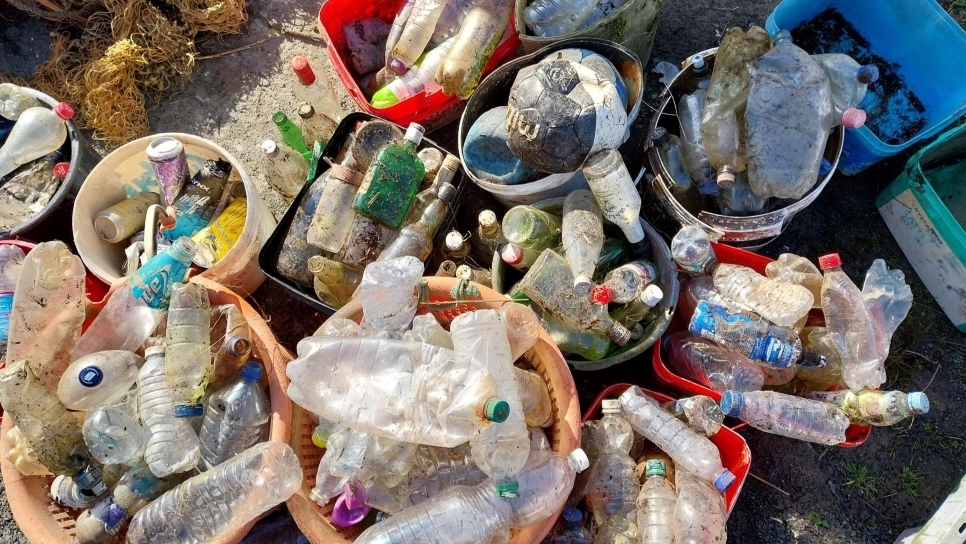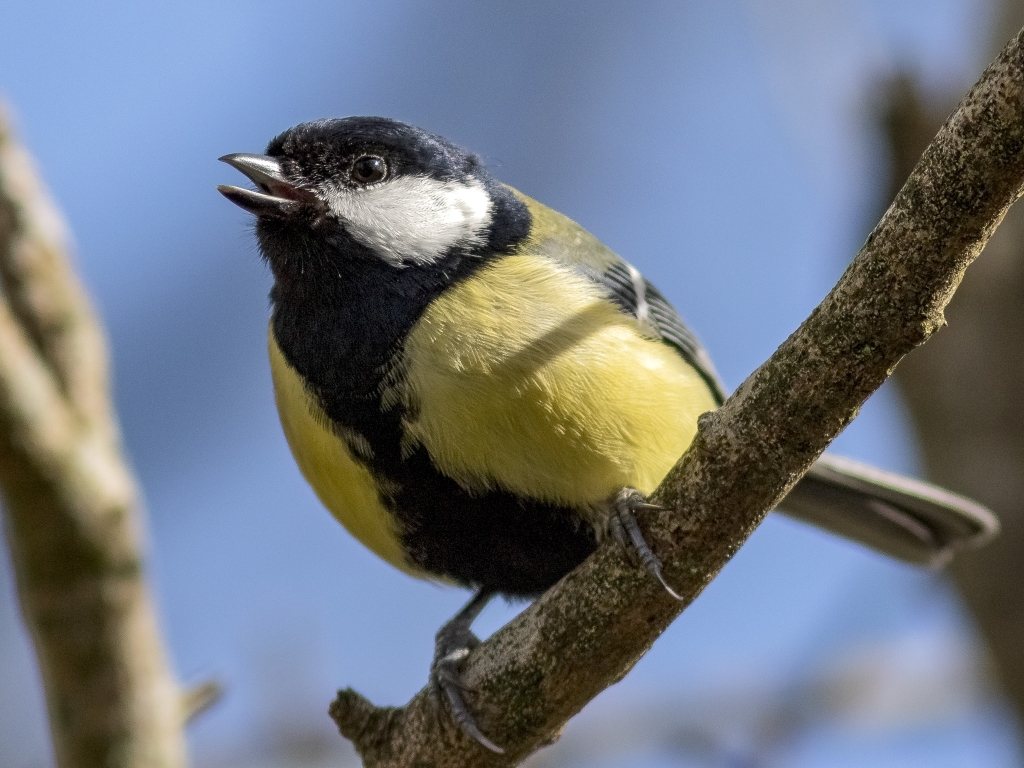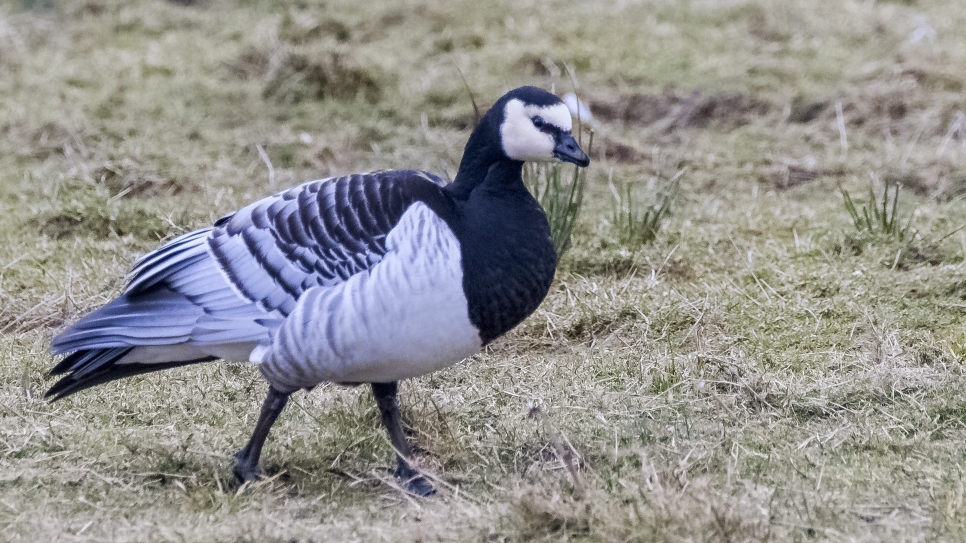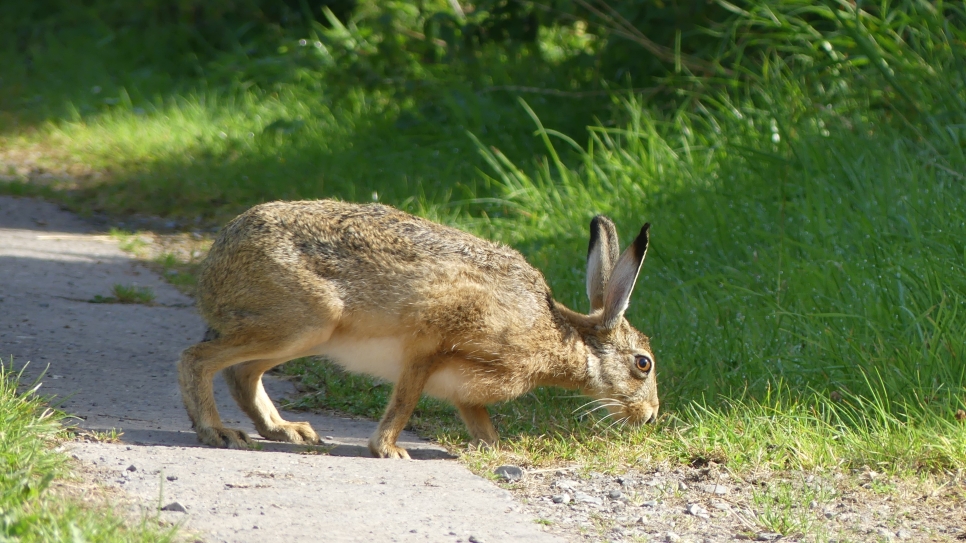Who needs fences? Part 2: The Wilder, Wetter Caerlaverock Diaries no.5
It’s been 3 months since our last update on our Nofence collared cattle. At the time, we were at the stage of getting the cattle (and ourselves) used to the collars and how it all works. It’s been a summer of trial and error out but overall, the collars have been hugely successful.
One of the first things we had to do was tweak our exclusion zones around our newly created scrapes. Keeping the cattle out of these areas is hugely important and the exclusion zones I created before the cattle went in weren’t quite big enough and the cattle were getting in and poaching the ground up. One benefit to the Nofence system is that you can adjust your pasture boundaries in real time whilst out in the field so issues like this are quickly resolved and once we had done so the boundaries worked very well for keeping the cattle out of the scrapes.
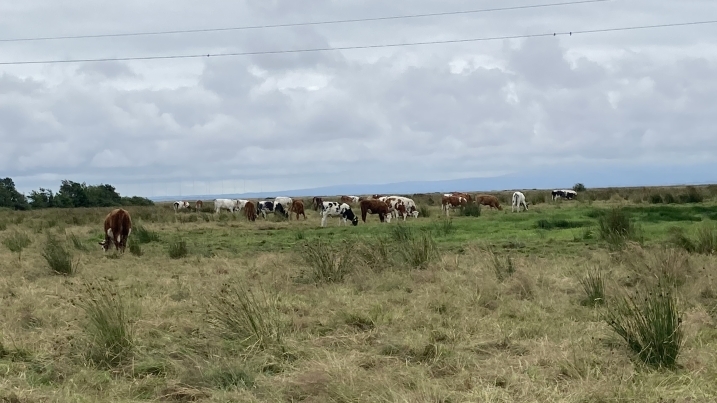
here you can see the virtual boundary where the cattle have grazed (the yellower patch) and where is in recovery (the brighter green area)
Once we had that sorted and moving cattle into new pastures became easier, my attention went to monitoring the recovery periods in the pastures cattle have already grazed. Recovery period is simply the time when no animals are grazing. During this time, we would hope to see more floral diversity appear in response to the break in grazing. To give this a good chance, it’s best to graze the grass down adequately before moving the cattle out so that other species can compete with the grass during the recovery period. We noticed that with a recovery period of around 30 days, pastures were showing more diversity, with species like white clover, birds foot trefoil, ribwort plantain, selfheal, marsh bedstraw and redshank coming through (just to mention a few)! These were growing in patches and could be matched up to areas the cattle were heavily using whilst in the pasture. We know this because we can see where the cattle are spending most of their time via a heatmap on the NoFence app. It is only year 1 of using the Nofence collars so I don’t want to get to carried away yet but so far the results look promising for recovery periods.
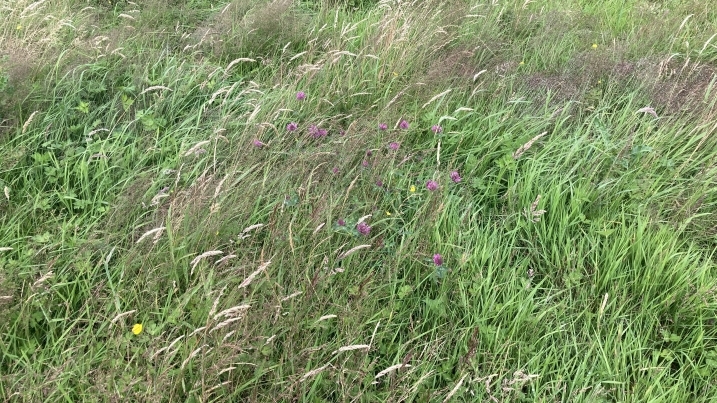
34 day recovery period
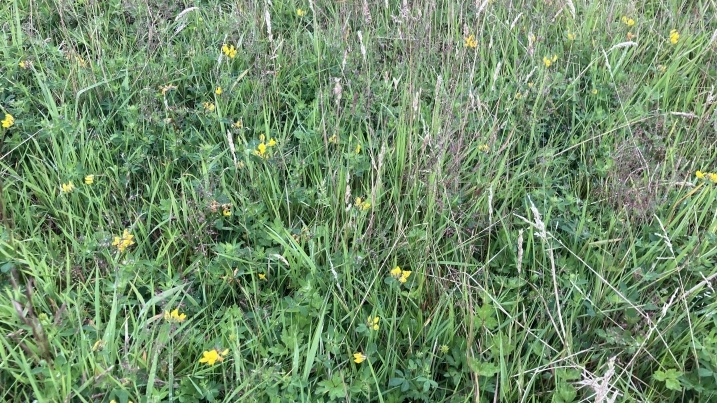
patch of bird's foot trefoil in recovering pasture
The field the cattle are in has a heavy rush density in places. We cut this at the end of summer each year to try and contain it and stop it dominating the field. The Nofence collars give us an opportunity to add to this management approach to minimise the spread of rush here. Our idea was that once the rushes were cut, we would bring the cattle in for a few days to help move the cuttings around a little. Once they did this, they would go back through the cycle of pastures to graze the rush regrowth as it was coming through. This is the stage the cattle are in now. We’ll have to see what effect the cattle have on this but the collars certainly allow easier control and management over this sort of thing and make it possible to section off smaller portions of an open area.
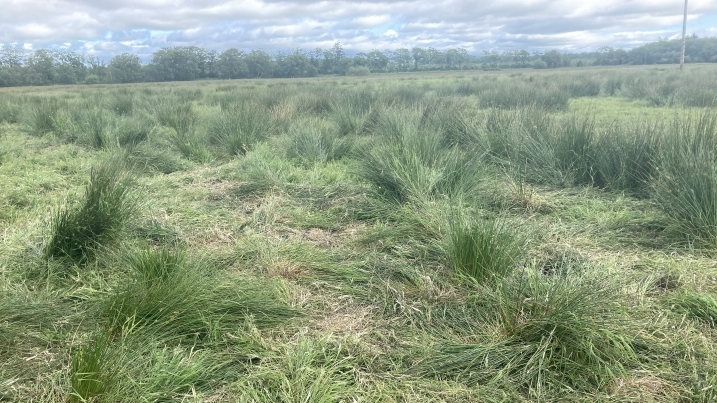
rush pasture
What would we change next year based on our learnings of this year?
This year has felt like a huge success in regards to the collars but this was our first year with them and there were always going to be things we would do differently. The main thing we’ll hope to do is have more collars and up the number of cattle from 30 to 40 individuals. This will mean the cattle will move through the pastures quicker and should allow us to incorporate more fields into the Nofence system. More cattle would allow us to keep on top of the grass which has been a small challenge in some areas. We will also directly compare next year's results with what we were seeing this year and see what changes are being observed.
This year has definitely a trial year for us to learn how these work and although we are already seeing benefits, time will tell!
This project is supported by the Scottish Government’s Nature Restoration Fund, managed by NatureScot.
Words and pictures by Jake Goodwin
